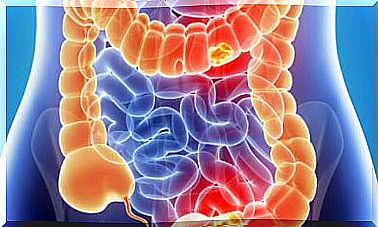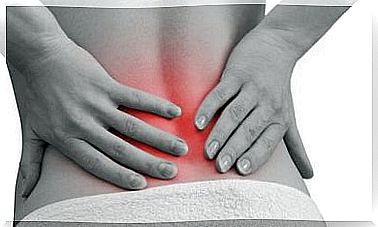Types And Treatments For Dental Agenesis
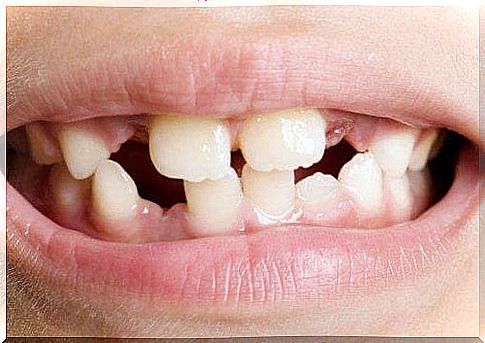
Dental agenesis is one of the most common malformations that manifests itself in the absence of one or more teeth. This is not caused by poor oral hygiene. In the following, we will discuss the types and treatments for dental agenesis.
Dental agenesis usually occurs in several members of the same family. This problem, contrary to the opinion of the majority, does not affect all teeth, but only the incisors and premolars.
It is necessary to establish a diagnosis quickly. Treatments consist of replacing missing teeth or correcting the problem. These will prevent the problem from getting worse and increase the patient’s self-esteem. Next, we will discuss the causes, types and treatments for dental agenesis.
What are the causes of dental agenesis?
Although dental agenesis is a genetically inherited condition, there are other causes that cause this disease. The most common cause is physical obstruction or stunted growth that prevents the tooth from developing properly. Therefore, it may fall or develop only partially.
Lack of enough space for growth is another reason for the appearance of dental agenesis. Many patients have overlapping teeth due to lack of space on the jaw.
People who suffer from dental agenesis may also suffer from odontogenesis, which means that their teeth will not form properly. Teeth may never erupt.
Types of dental agenesis
Dental agenesis is the absence or malformation of certain teeth. The number of teeth affected depends on certain factors, ranging from the type of inherited agenesis to how quickly the disease was diagnosed and treatment was administered.
Here are the main types of dental agenesis:
- Hypodontia is characterized by the lack of 1-6 teeth.
- Oligodontics is the absence of more than 6 teeth.
- Anodontics is the most severe form of the disease and is characterized by complete lack of teeth.
Patients suffering from hypodontia or oligodontia may have missing teeth on one or both sides of the oral cavity. If the teeth are missing on one side, then they suffer from unilateral agenesis. If the teeth are missing on both sides, the condition is called bilateral agenesis.
Treatments for dental agenesis
If you suspect that you are suffering from this disease, go to the dentist to receive a concrete diagnosis. Only he is able to recommend treatments for dental agenesis.
Here are some possible solutions:
Dental implants
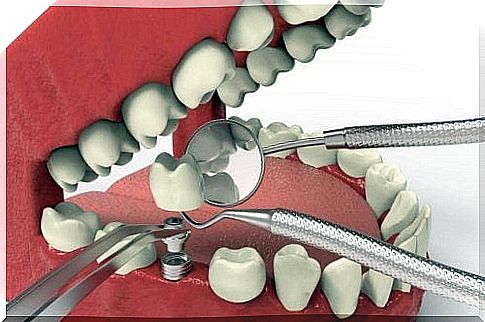
This is the most common form of treatment for dental agenesis. Depending on your age, the condition of your teeth and how many are missing, your dentist will recommend the right form of dental implant.
This procedure is usually used when the teeth are missing or severely damaged. An implant is an artificial tooth attached to the gum. Dentists use screws to attach this tooth to the jaw bones.
To determine if this treatment will give satisfactory results, the doctor must carefully examine the condition of the gum in which he will fix the screw. Therefore, we recommend that you choose a reliable specialist with experience in the treatment of dental agenesis.
Orthodontics
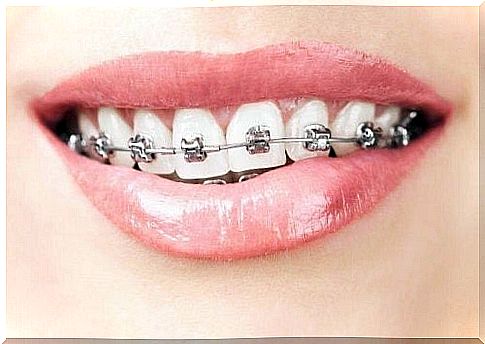
If you suffer from hypodontia, you can resort to this type of treatment instead of dental implant. This will help bring the existing teeth closer together so that a dental implant is not needed.
It is also possible to use a partial denture. But this is the last solution if the above does not work for you. To get satisfactory results, it is important to choose a dentist who has experienced this type of problem before.
Do you know someone who needs treatment for dental agenesis? Do you suffer from this disease yourself? Don’t be impatient, there are treatments that can bring a smile back to your lips!







